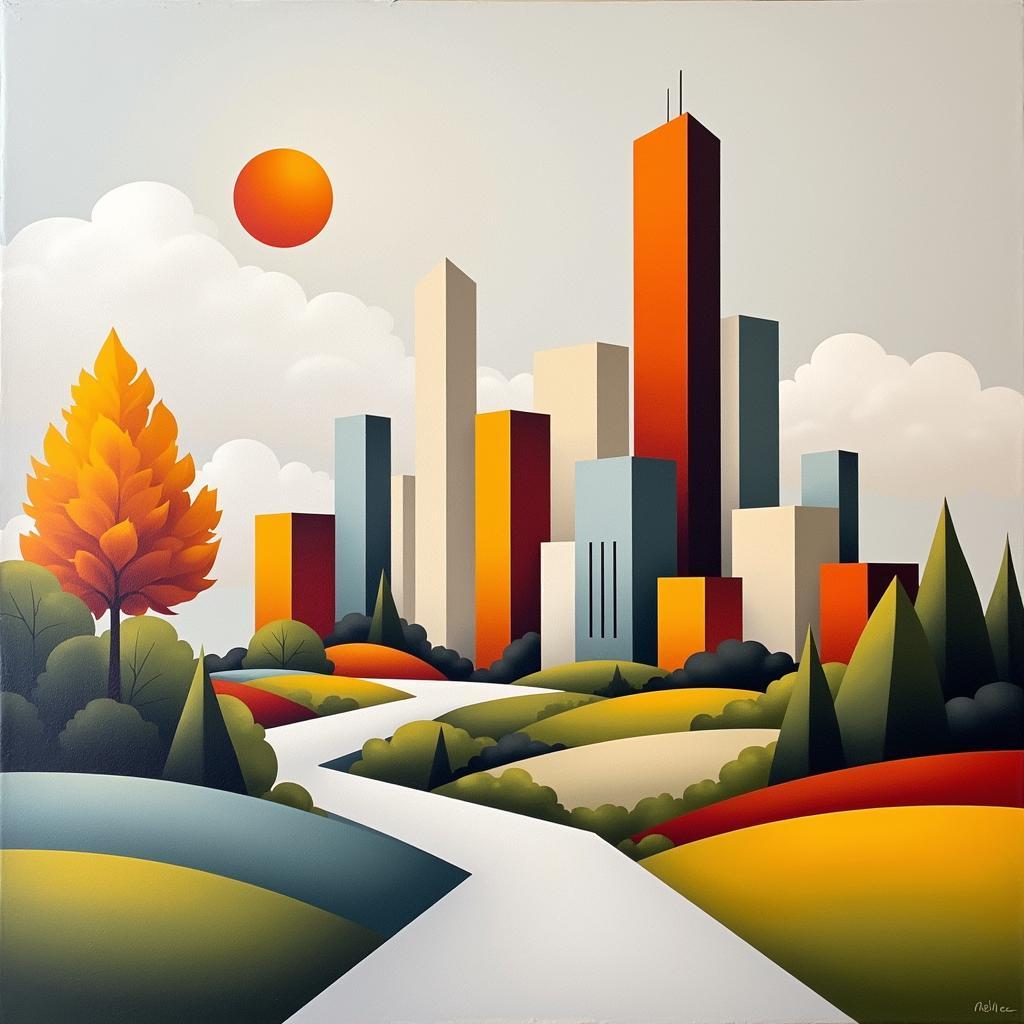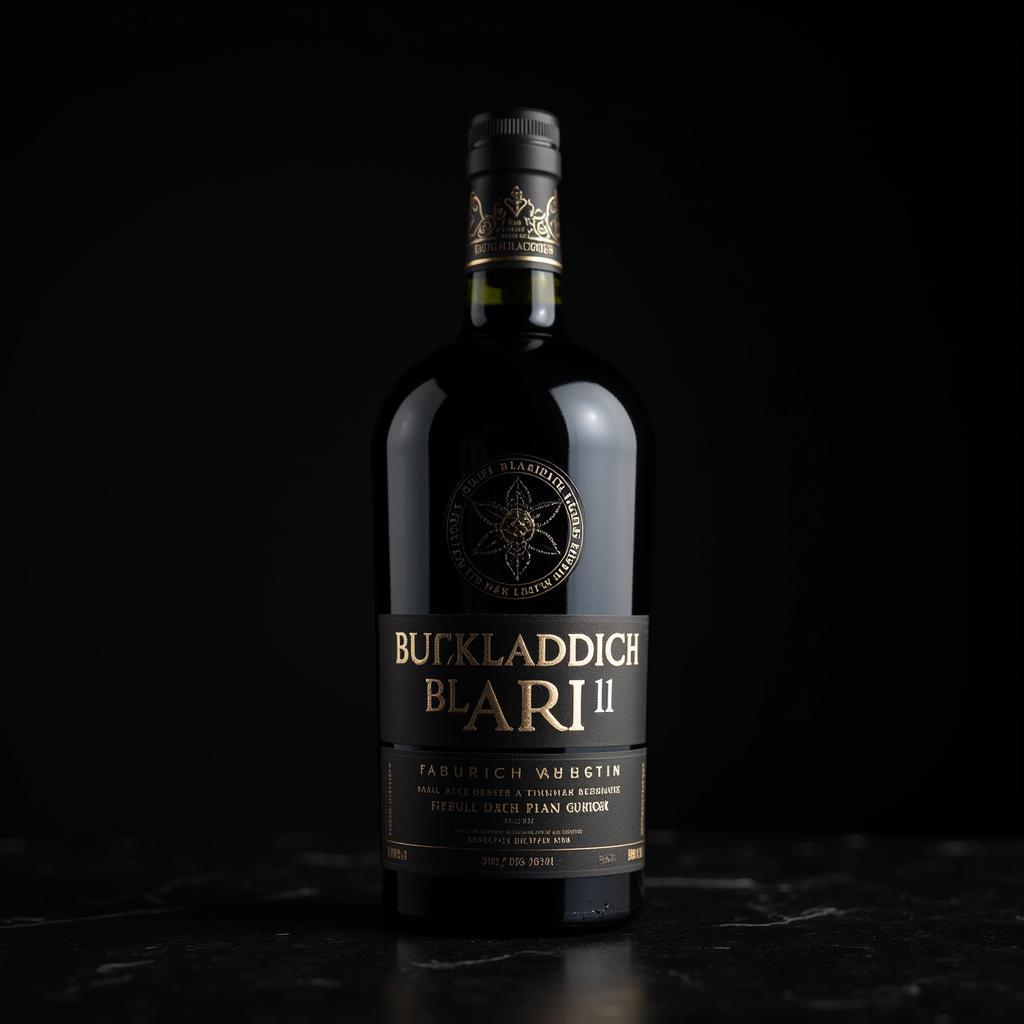Modern Art Landscape Painting: A Fusion of Tradition and Innovation
The Modern Art Landscape Painting genre represents a captivating fusion of traditional techniques and contemporary perspectives. Artists within this movement skillfully capture the beauty and essence of the natural world, infusing their creations with a unique artistic language that reflects the evolving aesthetics of our time.
The Evolution of Landscape Painting
Before delving into the nuances of modern art landscape painting, it’s essential to understand its roots. Landscape painting has been a significant genre in art history, evolving over centuries. From the realistic depictions of the Renaissance to the Impressionists’ exploration of light and atmosphere, each era has left its indelible mark.
Defining the Modern Era
The late 19th and 20th centuries witnessed a dramatic shift in artistic expression. Modern art emerged as a rebellion against traditional academic styles. Artists sought new ways to interpret the world around them, influenced by social change, technological advancements, and groundbreaking theories in art and psychology.
Key Characteristics of Modern Art Landscape Painting
Modern art landscape paintings often break free from strict realism, embracing various abstract and semi-abstract styles. Artists may use:
- Expressive Brushwork: Bold, gestural brushstrokes convey emotion and movement.
- Abstraction: Simplifying or distorting forms to emphasize essence over literal representation.
- Color as a Subject: Utilizing color not merely to depict reality but as an independent element to evoke mood and feeling.
- Mixed Media: Incorporating various materials, such as collage elements or found objects, to add texture and dimension.
 Modern Cityscape Landscape with Geometric Shapes
Modern Cityscape Landscape with Geometric Shapes
Influential Movements and Artists
Several significant art movements have shaped the landscape of modern art:
- Impressionism: Claude Monet, Pierre-Auguste Renoir, and Edgar Degas revolutionized landscape painting with their focus on capturing fleeting light and atmospheric effects.
- Post-Impressionism: Vincent van Gogh, Paul Cézanne, and Paul Gauguin used bold colors and expressive forms, paving the way for greater abstraction.
- Abstract Expressionism: Jackson Pollock, Mark Rothko, and Willem de Kooning explored pure abstraction, emphasizing spontaneous gestures and emotional intensity.
Contemporary Trends
Today, the genre continues to evolve with artists pushing boundaries and experimenting with new technologies and concepts. Digital art, installation art, and environmental art are just a few examples of contemporary trends that influence how artists interpret and represent the natural world.
 Digital Art Landscape Painting Inspired by Nature
Digital Art Landscape Painting Inspired by Nature
The Enduring Appeal
Modern art landscape paintings continue to resonate with audiences worldwide. They offer a unique blend of aesthetic beauty and intellectual stimulation, inviting viewers to contemplate the relationship between humanity and the natural world through a contemporary lens.
FAQ
Q: What makes a landscape painting “modern art”?
A: Modern art landscapes often depart from strict realism, embracing abstraction, expressive brushwork, and innovative use of color and composition to convey emotion and personal interpretations of nature.
Q: Are modern art landscape paintings still relevant today?
A: Absolutely! Contemporary artists continue to find inspiration in the natural world, exploring new techniques and concepts that keep the genre fresh and engaging.
Need Help with Your Art Journey?
Contact us at Phone Number: 02462573573, Email: danteum@gmail.com, or visit us at Savico Megamall, 7-9 Đ. Nguyễn Văn Linh, Gia Thụy, Long Biên, Hà Nội 10000, Việt Nam. We have a dedicated customer support team available 24/7.
You might also find these articles helpful:
Let’s create something beautiful together!


